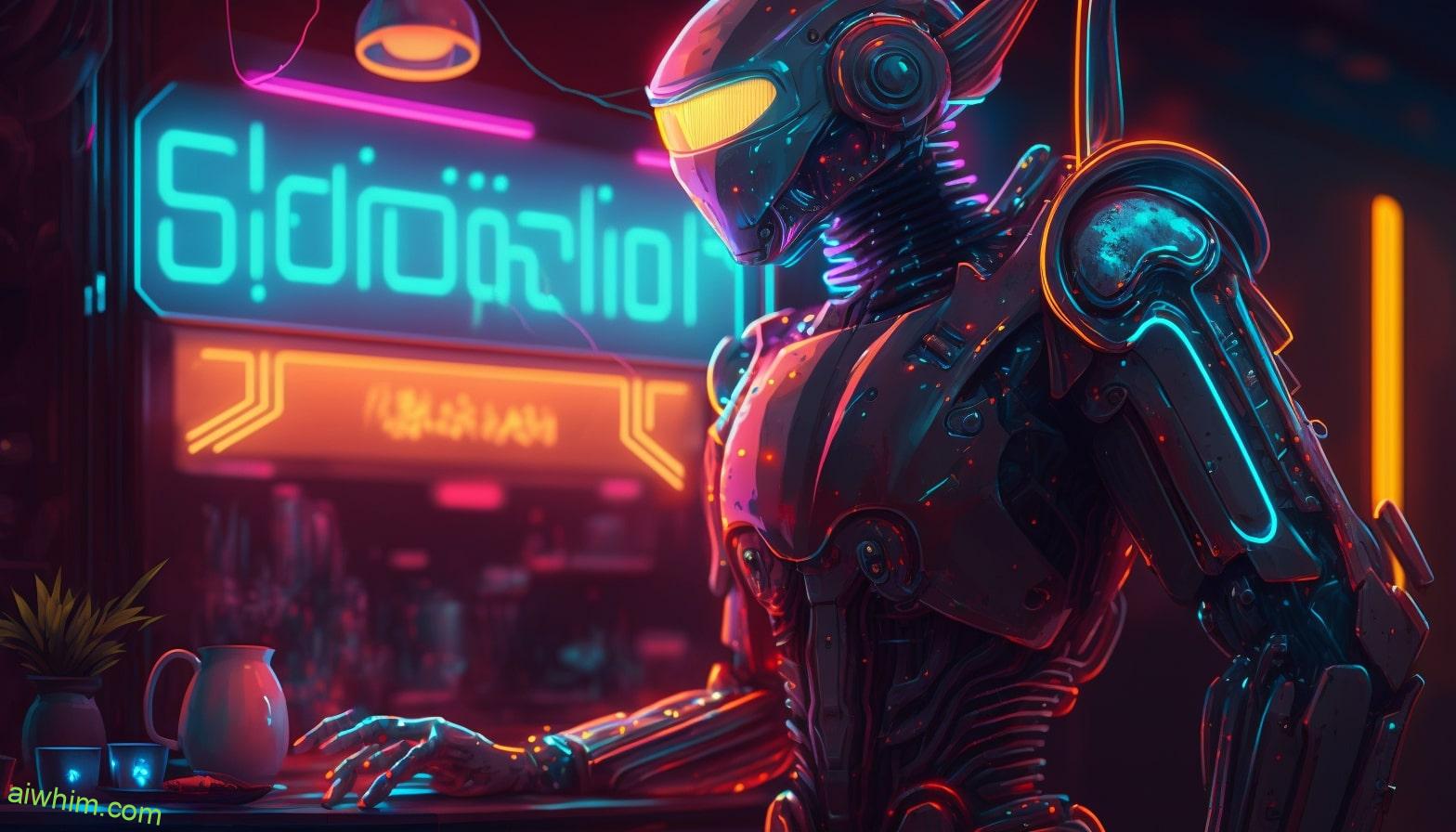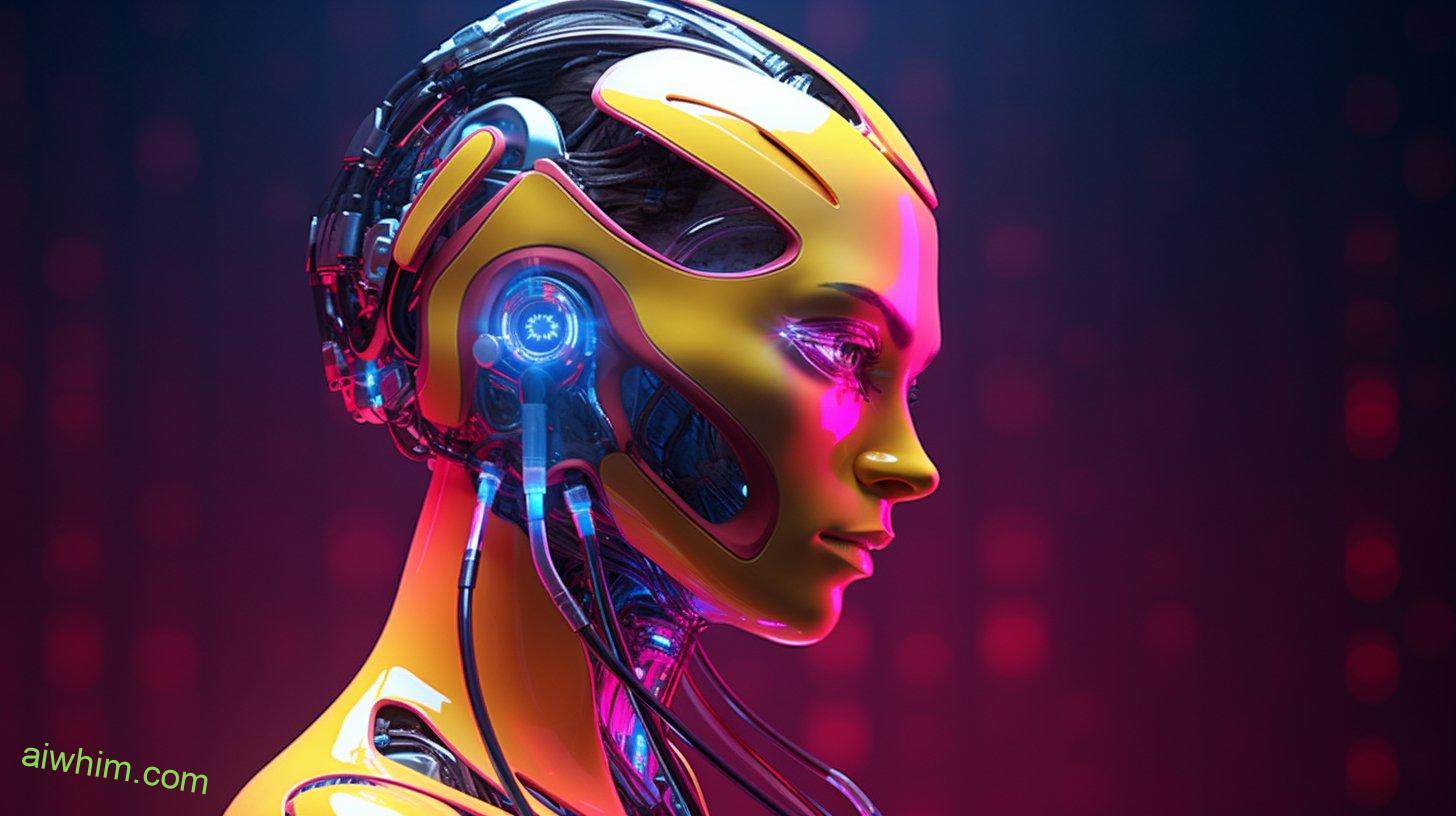Do you ever feel like the future of your career is uncertain? With technology advancing at a rapid rate, many people are wondering if their job could be replaced by artificial intelligence (AI). If you’re a college professor, this could become reality. AI has already made its way into classrooms and universities around the world – but can it replace human professors altogether? This article will explore that question in more detail, so read on to find out if your career as a college professor might one day be taken over by AI.
The modern-day student wants an education experience tailored to them – and with AI, they may get just that. AI can take on repetitive tasks such as grading assignments and providing feedback, leaving lecturers free to focus on teaching students in new ways. In addition, AI-enabled learning platforms allow for personalized curricula which provide targeted instruction based upon individual needs. Furthermore, these systems have been designed to improve engagement levels among learners who often struggle with traditional models of teaching.
But for all the benefits of AI-powered education experiences, there is still much debate about whether or not robots should completely replace human professors in higher education settings. On one hand, some argue that automation provides cost savings and increases efficiency while also freeing up educators to focus on innovating classroom dynamics; however, others worry that technology doesn’t account for nuances within lessons which only humans can detect — meaning important knowledge gets left behind without direct human involvement. So what’s the answer? Keep reading to discover whether or not your career as a college professor might eventually be replaced by AI!

By the way, do you want to know if college professors are on the list of the 100 jobs that AI is expected to replace? Our study has the answers you need: click to read the article.
Also, if you are specifically interested in AI’s impact on scientists, read here!
Definition Of AI
AI, or Artificial Intelligence, is a rapidly evolving technology that has the potential to revolutionize many aspects of our lives. Like an ever-expanding octopus, AI’s tentacles reach into every corner of society with its varied applications such as machine learning, deep learning and natural language processing. It is no surprise then that this revolutionary force has started making waves in the education sector too. To understand how it could impact college professors’ careers we first need to take a closer look at what AI actually is.
At its most basic level, AI involves programming machines to think like humans and make decisions autonomously without human guidance. This enables them to perform tasks faster and more accurately than their human counterparts while also reducing costs significantly. As these capabilities improve over time, they can be used in various domains such as healthcare, finance, manufacturing and even education.
The next step for AI in today’s world is applying more sophisticated algorithms and models which are capable of identifying patterns from large datasets quickly and accurately. With this kind of power under its belt, AI will undoubtedly have an immense role to play in redefining the way education works around us today – including replacing college professors with machines? To answer this question effectively we must delve further into the history of AI in education…
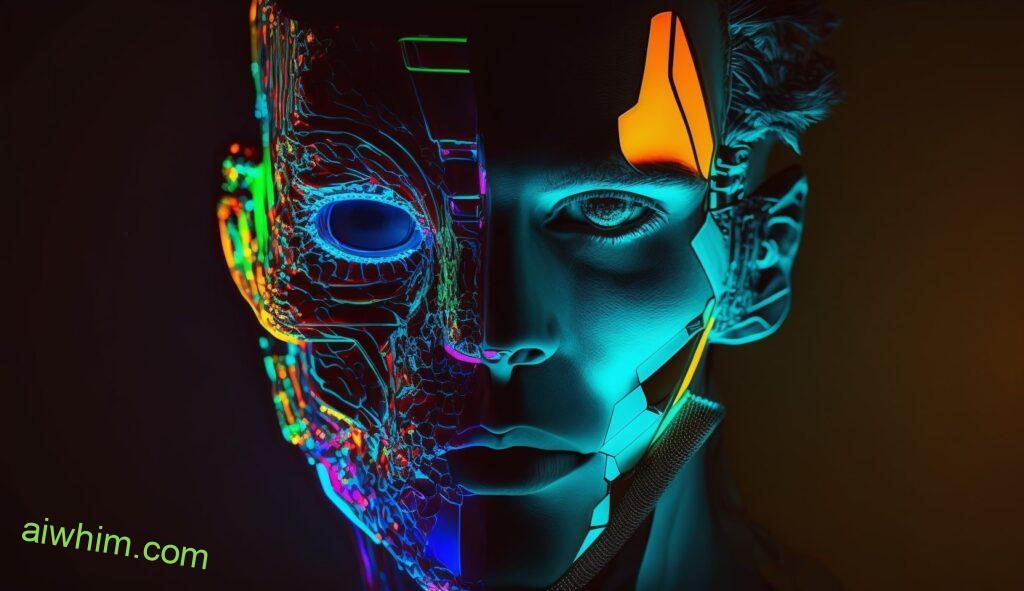
History Of AI In Education
The history of AI in education is long and varied. In the past, AI was used to automate tedious tasks and provide students with access to educational materials around the clock. Today, AI has evolved into a powerful tool that can be used to personalize instruction for each student based on their individual needs and abilities. With advancements in technology, AI-based systems are becoming increasingly capable of providing more accurate assessment results than traditional methods.
AI has been used in classrooms since at least the 1970s when computer-aided instruction (CAI) was first introduced as an alternative to paper-and-pencil quizzes. Over time, AI has become even more sophisticated and today it is used for many different applications including personalized learning experiences, automated grading, virtual tutoring sessions, real-time analytics of student performance data, and much more.
These advances have had both positive and negative effects on how educators teach and how students learn. On one hand, AI makes it easier for teachers to track progress over time while also allowing them to customize instruction according to individual student needs. On the other hand, there are still concerns about whether or not these technologies could replace human instructors altogether by replacing their roles in teaching activities such as providing guidance or engaging students in meaningful dialogue.
As we move forward with technological advancement in education, it’s important that we consider all potential implications before embracing new tools wholeheartedly. While AI may help create better instructional experiences for students now and into the future, only thoughtful reflection will guarantee that this happens without compromising freedoms or devaluing the higher education community.

What Are The Duties Of A College Professor?
A college professor is a highly qualified educator who teaches and mentors students in higher education. The duties of a college professor may vary depending on the type of institution they work for, but typically include all aspects of teaching such as grading student assignments, conducting lectures and seminars, preparing course materials, assessing student performance, and providing feedback to help guide their learning. In addition, professors also have other roles within higher education institutions like advising students or engaging in research activities.
The qualifications for becoming a college professor include having earned at least an advanced degree from an accredited university or college. This degree can range from associate’s to doctoral level degrees depending upon the specific job requirements. Additionally, most universities require that candidates possess experience in teaching or related fields prior to being hired as faculty members. Professors must also demonstrate excellent communication skills which are necessary when working with students and colleagues alike. Finally, it is important for potential employees to show commitment to furthering knowledge through research activities and participating in professional development opportunities throughout their careers.
To be successful in this role takes dedication, hard work and passion for what you do. College professors provide invaluable guidance to students during their academic journey while inspiring them to pursue their passions by sharing their expertise on various topics related to higher education.
Qualifications For A College Professor
Becoming a college professor is no easy feat. It requires dedication, hard work, and the correct qualifications to secure a position at an accredited university. For those seeking to pursue a career as a higher education instructor, there are certain job requirements that must be met in order to meet their institution’s expectations.
First and foremost, most colleges require candidates for college professor positions to have earned their doctoral degree or equivalent experience in the field they will be teaching. Additionally, applicants must demonstrate knowledge of the subject matter through relevant research papers and publications. Professors should also possess excellent communication skills and the ability to effectively teach students from diverse backgrounds. In addition, many schools may look for professors with prior teaching experience or who are active members of scholarly organizations related to the field.
When it comes time for hiring someone for the role of college professor, universities tend to evaluate potential hires based on both academic credentials and personal characteristics such as enthusiasm, adaptability, professionalism, and commitment towards educating future generations. College instructors need strong leadership qualities along with interpersonal skills in order to inspire learning within their classroom environment while providing support and guidance when needed. Ultimately, these qualifications help ensure that all faculty hired by an educational institution meet its high standards of excellence across all departments.
While possessing these qualifications can give aspiring educators an edge over other candidates competing for the same job opportunity at an accredited university, it is ultimately up to each individual school’s discretion whether or not they will hire them. Preparing properly with the right mindset helps one stand out among fellow competitors vying for a chance at becoming a college professor but does not guarantee success without taking into account other factors such as pros and cons of AI-powered teaching methods.

Pros And Cons Of AI-Powered Teaching
AI-powered teaching has the potential to revolutionize education and bring greater accessibility, affordability and efficiency. However, it is not without its drawbacks, which can lead some people to question whether AI-powered teaching could ever replace traditional college professors. In this section we will explore both the advantages and disadvantages of AI-powered teaching.
The most significant advantage of automated teaching is that it offers a more efficient way of learning than traditional methods; students are able to learn at their own pace and receive feedback instantly from AI programs. Additionally, AI teaching methods can reduce instructional costs due to fewer instructors being needed in classrooms or online courses. These cost savings could be passed on to students by reducing tuition fees for universities or offering scholarships for lower income individuals who may otherwise struggle with affording higher education opportunities.
On the other hand, there are several potential downsides associated with AI-powered teaching. For example, AI systems require large amounts of data before they can accurately provide instruction or feedback—which raises questions about how much bias might creep into such datasets when developing those models. Additionally, many argue that although machines can offer great assistance in certain areas like mathematics or language learning, human teachers still remain essential for providing proper context and fostering deeper understanding in subjects like history or philosophy.
As we have seen here today, while there are certainly advantages associated with introducing artificial intelligence into educational settings, there also exist several challenges that must be addressed if we want to ensure successful implementation of these technologies moving forward. It’s clear then that further research needs to be done before any decisions can be made as far as replacing college professors with AI technology is concerned. With this in mind let’s move on now to an overview of the current state of AI in education.

Overview Of The Current State Of AI In Education
The current state of AI in education is rapidly advancing, with its use expanding from automated teaching assistants to higher levels of automation. From elementary school classrooms to college campuses, AI-powered tools are being used to enhance the learning experience and streamline educational processes. However, as we move deeper into this new era of technology-driven instruction, it’s important to consider the potential ethical implications that may arise when using artificial intelligence in the classrooms.
AI has been used successfully in a variety of ways in the world of education, such as automating grading and providing personalized feedback for students. It can also help reduce teacher workloads by taking on mundane tasks like attendance tracking or administrative work. Additionally, AI-based systems offer an unprecedented level of insight into student performance data — helping educators tailor their curriculum and approach accordingly.
But despite these benefits there remain concerns about how much control should be given to machines when it comes to guiding human development and learning. In particular, questions have been raised about whether AI-supported teaching could unintentionally lead to greater inequality among different student populations due to elements like biased algorithms or lack of access to quality resources. Furthermore, privacy issues must also be taken seriously when utilizing AI technologies within educational settings.
In light of these considerations, it’s clear that further research needs to be conducted before fully embracing the use of AI in education at all levels. The impact on student learning outcomes remains uncertain until more comprehensive data analysis is available; only then will we truly understand if artificial intelligence can effectively replace traditional classroom teaching methods.
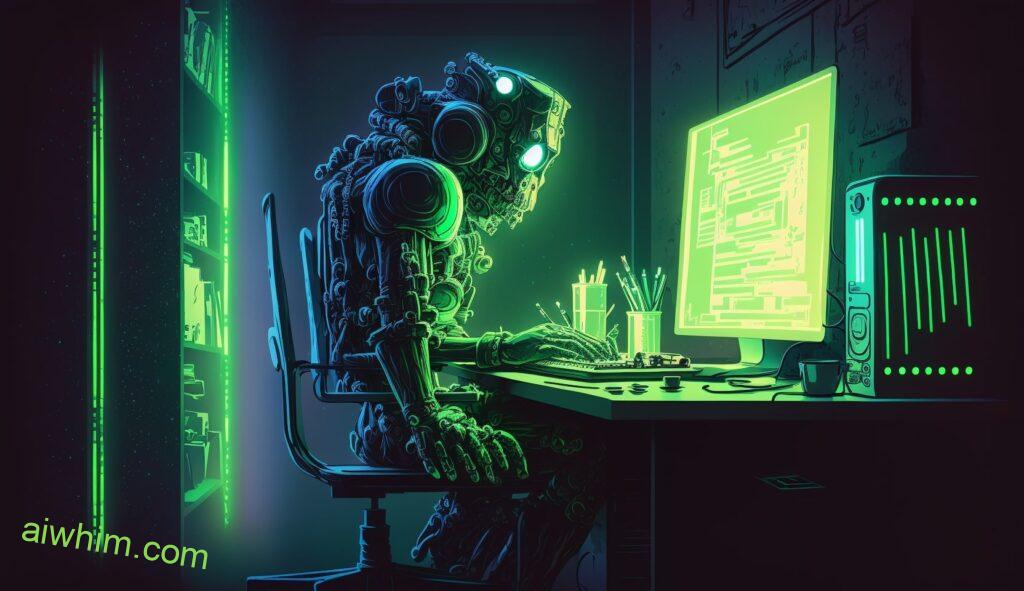
Impact On Student Learning Outcomes
AI technologies have the potential to revolutionize student learning outcomes. Colleges and universities are increasingly looking for ways to improve their educational offerings, and AI offers promising solutions. However, it is important to consider how introducing AI into higher education will impact student learning results:
- Improved Accessibility – Students from underserved communities now have access to better resources and opportunities in education due to automation capabilities of AI-driven technologies such as intelligent tutoring or virtual assistants that provide personalized feedback on assignments.
- Enhanced Learning Experience – With AI technology, students can interact with sophisticated algorithms and gain insights into complex topics through interactive experiences that would otherwise be difficult to learn via traditional methods.
- Increased Efficiency – Automation capabilities allow instructors to save time by grading exams quickly or assigning tasks more efficiently so they can focus on teaching instead of administrative duties.
The introduction of AI in higher education has already changed the way students learn, but there remain challenges yet to be addressed when adopting this new form of technology in place of college professors.

Challenges To Adopting AI In Higher Education
Like a butterfly emerging from its chrysalis, the prospect of artificial intelligence in higher education has been slowly taking shape. While AI adoption offers great potential for ushering in innovative solutions to educational challenges, there are numerous obstacles that must be addressed before it can reach its full potential. In this section we will explore some of the automation and ethical considerations, as well as economic impacts concerning AI’s use in college education.
First, automating certain aspects of teaching could challenge educators’ roles and job security. Despite advances in technology, humans still possess an edge when it comes to creativity and problem solving skills; these traits should not be taken lightly or dismissed by universities seeking to introduce AI into their curricula. Moreover, educational institutions need to consider the financial implications associated with adopting AI technologies such as software licensing fees and other costs related to maintaining hardware and staff training.
Second, introducing AI into classrooms also raises important moral questions about how students’ data is collected and used. Since privacy concerns are at the forefront of many conversations surrounding AI, colleges ought to create protocols which ensure all student information remains protected and secure at all times – even if automated systems are utilized for grading or tracking performance metrics. Colleges must also address any possible biases embedded within algorithms so they do not unfairly grade or penalize students who may have different perspectives on topics covered in course material due to cultural backgrounds or learning styles.
Finally, while technological innovation promises opportunities for improving higher education outcomes around the world, developing nations might struggle more than developed countries when transitioning towards employing AI-driven tools across campuses due to limited resources available for investing in new technologies. Therefore careful planning needs to take place beforehand so colleges don’t run afoul of public policy regulations regarding data protection laws or become overly reliant on expensive proprietary systems that aren’t easily replaced over time. Without proper guidance on using intelligent machines responsibly, schools risk sacrificing quality instruction in favor of cheaper alternatives that lack transparency – a tradeoff that would ultimately prove damaging both economically and ethically.
The introduction of AI presents a significant opportunity for enhancing collegiate learning experiences but requires careful consideration given the various complexities involved with implementation – especially those involving ethics and economics. With thoughtful deliberation between stakeholders university administrators can help pave the way forward for safe yet effective adoption strategies – allowing them prepare effectively for what lies ahead without compromising academic integrity along the way

How Can Colleges Prepare For The Shift?
As the world of higher education continues to embrace automation, college professors may wonder how their careers will be affected. To prepare for this shift, colleges must take on a proactive approach in order to ensure that students are receiving quality instruction and faculty members have opportunities to succeed. Here are some strategies for preparing for AI implementation in higher education:
The first strategy is to assess the impact of AI on teaching and learning processes. Colleges should consider whether automating certain tasks can improve student outcomes or create better-quality experiences. In addition, they need to understand what new roles might arise as a result of these changes. This assessment should include gathering data from instructors about how technology has changed their work field and looking at trends within the industry.
Second, colleges should work with vendors who specialize in providing automation solutions specifically designed for higher education institutions. They should look for companies that offer comprehensive services such as courseware development, instructional design support, and analytics capabilities which enable them to track progress throughout courses or programs. Such providers can help schools develop strategies tailored to their particular needs while staying ahead of the curve when it comes to integrating AI into classrooms effectively.
Thirdly, colleges should invest in professional development opportunities that allow faculty members to gain knowledge and skills related to incorporating AI tools into their practice. This could involve attending workshops offered by experts on topics such as artificial intelligence and machine learning or taking part in online seminars hosted by leading universities around the world. Doing so would not only equip educators with necessary competencies but also provide them with valuable insight into how best use emerging technologies within educational settings.
By assessing potential impacts of AI adoption, partnering with specialized vendors offering automation solutions, and investing in faculty training opportunities, colleges can successfully navigate this shift towards automated teaching practices without compromising the quality of instruction provided by faculty members. With thoughtful preparation now, colleges will be well positioned for success during this exciting period of technological advancement within higher education.
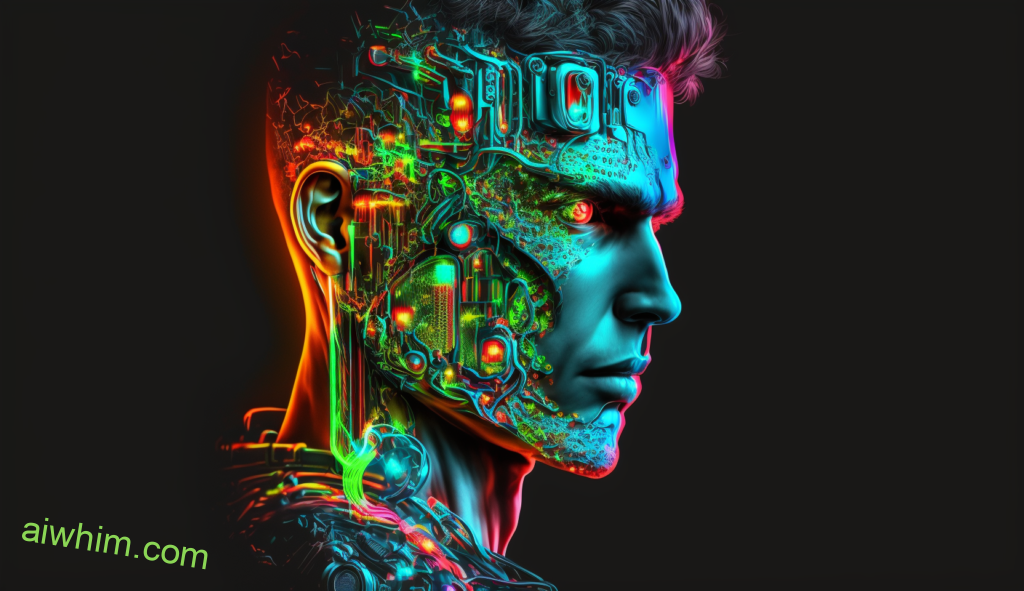
The Pros And Cons Of Automation For Professors
The prospect of automation replacing college professors is both exciting and worrisome. There are several pros to professor automation that make it an attractive option for universities looking to reduce costs. Automation could potentially provide a more consistent educational experience, as automated instructors would be able to deliver lectures with the same accuracy each time. In addition, automated instructors can be programmed with up-to-date knowledge on a variety of topics which could enhance student learning opportunities. Lastly, automated instructors could offer students individualized instruction tailored specifically to their needs and interests.
On the other hand, there are some cons associated with professor automation that cannot be overlooked. The lack of human interaction between students and teachers may decrease motivation levels in classes or lead to feelings of isolation and disconnection from classmates. Additionally, automated professors may not possess the same level of critical thinking skills compared to their human counterparts; this could result in robotic teaching methods without the capacity for creative problem solving or deep analysis of course material. Furthermore, many students rely on having access to mentors who can advise them throughout their academic career – something an automated instructor would not be able to do as effectively as a real person.
Although professor automation has numerous potential benefits, there remain ethical considerations surrounding its use in education settings. It is important for administrators and educators alike to evaluate whether such technology should replace traditional faculty roles before making any drastic changes based solely on cost savings objectives.

Ethical Considerations With AI In Colleges and Universities
Automation has the potential to reduce workloads and improve outcomes for college professors, but it also raises ethical considerations. It is important to consider the implications of Artificial Intelligence (AI) in education, especially when discussing its use in higher education. AI-based systems can be used to inform decisions about course selection or student assessment, but they may also raise questions regarding their fairness and accuracy. Additionally, there may be concerns that these systems could lead to a decrease in autonomy among faculty members.
The introduction of AI into educational institutions also raises issues around data privacy and security. Data collected by AI-enabled systems may contain sensitive information such as personal details of students or instructors which must be safeguarded from misuse or unauthorized access. Furthermore, there are worries that AI-powered technology might limit the creativity of learning experiences due to the automation of certain processes or tasks. This could potentially result in learners not developing critical thinking skills necessary for success beyond academia.
It is therefore essential that governments and universities take steps to ensure ethical standards are upheld with regards to the use of AI technologies within higher education environments. Regulations need to be implemented that provide guidelines on how AI should be used responsibly and securely while protecting individuals’ rights and freedoms related to data processing activities undertaken by educational establishments. When considering policy implications, decision makers should strive towards creating an equitable system where all stakeholders benefit from technological advancements without compromising moral principles or sacrificing human autonomy. With this goal in mind, we can move forward in exploring ways that properly regulated AI can enhance learning opportunities for everyone involved in higher education today.
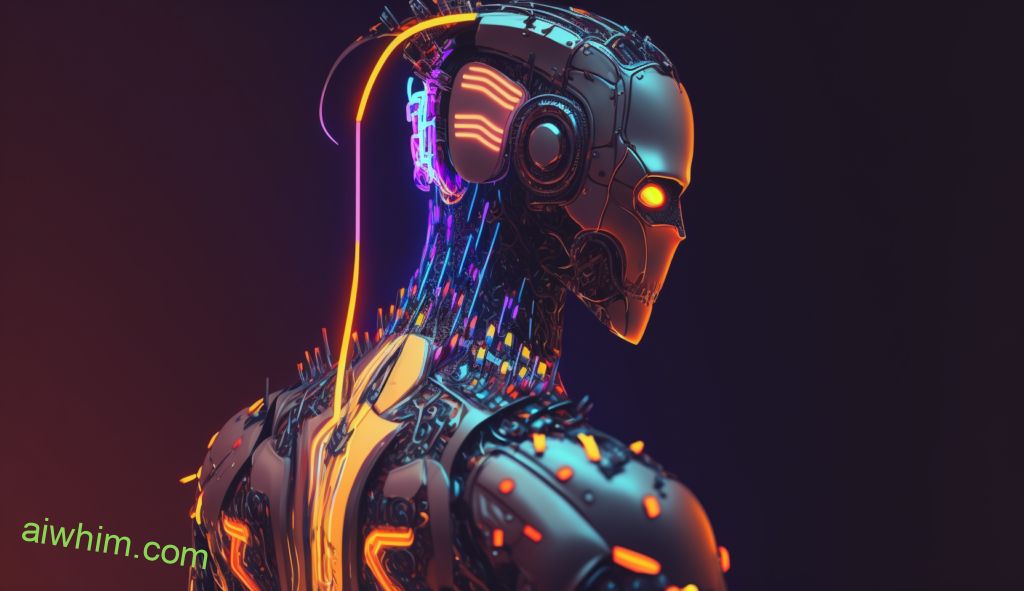
Regulation And Policy Implications
The introduction of Artificial Intelligence (AI) into higher education has implications for both regulation and policy. AI-powered teaching can transform the way students learn, but it also needs to be regulated in order to ensure fairness and accuracy. Here are some key points about the potential regulatory and policy implications:
- Regulation:
- Governments need to decide how best to regulate AI-powered teaching systems so that they adhere to ethical standards.
- There should also be rules in place concerning data privacy, as well as measures taken to protect student information from being used inappropriately by third parties.
- Finally, there must be adequate protections against AI bias or discrimination based on race, gender, age, disability, etc.
- Policy:
- Policies should be put in place that support access to AI-based learning opportunities for all students regardless of their socio-economic background.
- Additionally, policies should address issues such as funding sources and costs associated with implementing AI-driven instruction.
- This would allow universities and colleges to allocate resources appropriately while still providing quality education experiences for learners of all backgrounds.
These regulations and policies are necessary steps towards ensuring a safe transition into an increasingly automated educational landscape. It is important that these considerations are addressed now before any large scale implementation of AI technology occurs within higher education institutions. By doing this we can help create an equitable environment where everyone can benefit from the advancements offered by artificial intelligence without fear of exploitation or inequality. From here we can move onto considering the economic factors which will accompany the adoption of aI-powered teaching methods across college campuses globally.

Economic Factors In Implementing AI-Powered Lecturing
The economic impact of implementing AI-powered teaching in college classrooms is an important consideration. While there may be potential cost savings associated with using AI, the costs of implementation still remain high and could lead to a decrease in university offerings or other budget cuts that ultimately affect faculty jobs. Additionally, financial incentives provided by universities for AI investments might not be enough to offset any losses incurred from its adoption.
Furthermore, without proper strategic planning and adequate funding, questions arise about the economic feasibility of replacing human teachers with AI-based systems. Unexpected delays due to technical issues or error can add up quickly and significantly increase costs associated with development and deployment. Moreover, attempting to integrate existing infrastructure into new technologies can also prove challenging from both a time and resource perspective.
Ultimately, when considering the introduction of AI-powered teaching at colleges and universities, it’s essential to weigh the pros and cons carefully while accounting for any possible economic impacts along the way. This understanding will provide key insight into whether or not investing in AI technology is worth pursuing in order to create effective learning opportunities for students. From this point forward we must consider potential solutions to address concerns around AI replacement so as to ensure successful implementations of these technologies within educational institutions.
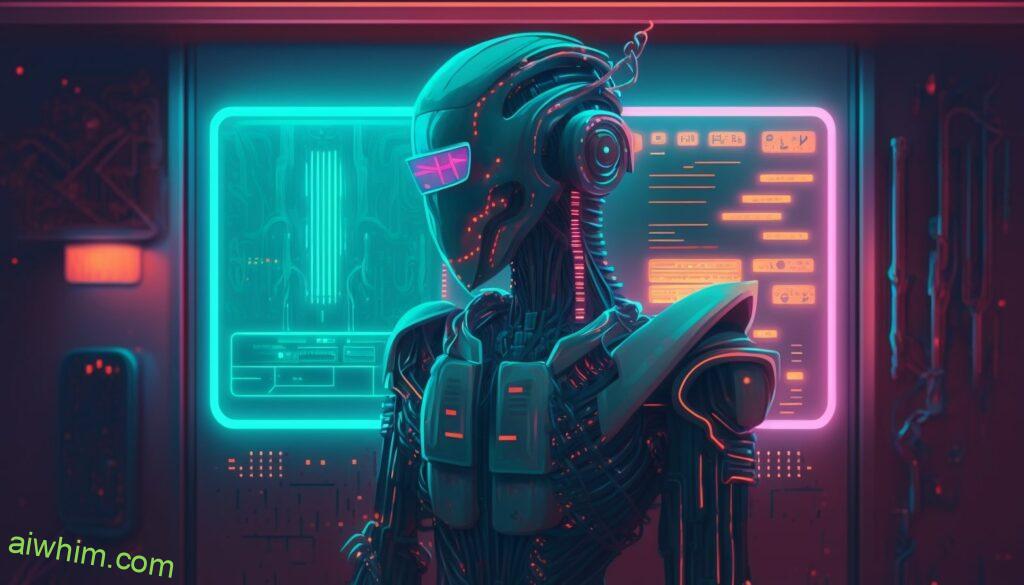
Potential Solutions To Address Concerns In AI Replacement
The economic factors surrounding the implementation of AI-powered teaching are vast and varied. It’s clear that automation solutions, higher education solutions, and education reform need to be explored in order to address the potential for professor replacement by AI. But what kinds of solutions can be pursued?
Firstly, a greater focus on personalization is needed in order to make sure students get the best learning experience possible. This could mean equipping classrooms with technology that allows teachers to tailor their lessons according to individual student needs, or allowing students more freedom in how they approach their studies. Additionally, new approaches such as blended learning – which combines traditional classroom instruction with online resources – should also be considered.
Furthermore, universities must take steps to ensure curriculums remain relevant and up-to date so that faculty members don’t become obsolete due to rapid technological developments. We must also invest in efforts that encourage lifelong learning among both educators and students alike, promoting a culture of self-improvement over mere memorization of facts. Finally, initiatives like gamification can help drive engagement from both sides; this could involve providing incentives for professors who successfully integrate AI into their classes or rewarding those who go above and beyond in terms of teaching excellence.
Overall, there are many potential solutions when it comes to addressing concerns around AI replacement in academia. While these may not completely prevent the emergence of automated teaching systems down the line, they will certainly play an important role in maintaining quality standards within higher education institutions now and potentially even mitigate some of its long-term impact on higher education.

Long-Term Impact On Higher Education
AI-education is rapidly becoming an attractive option for many students, and its impact on higher education will continue to be felt in the long run. Automation of professors could drastically reduce costs associated with running a college or university, but it also creates ethical considerations when it comes to employment security and quality of education.
The first consideration is related to job loss among college faculty members that could replace by AI. This would create a major shift in the workforce, potentially leaving some professors without jobs while giving students access to cheaper educational options. It’s important to consider how this transition period might affect current faculty members’ livelihoods as well as their overall job satisfaction levels.
Another potential issue arises with respect to the quality of instruction provided through AI-based learning platforms. While automated systems may offer cost savings, they may not provide high-quality teaching experiences that traditional classrooms can give students. Furthermore, there are concerns over whether these systems would produce effective outcomes or simply perpetuate existing inequalities within higher education institutions due to lack of personalization and individualized attention from instructors.
As technology continues advancing at rapid speed, we must evaluate the implications of automation on our current system of higher education and make sure society takes into account all ethical considerations before implementing any changes that could significantly alter this sector’s future landscape.
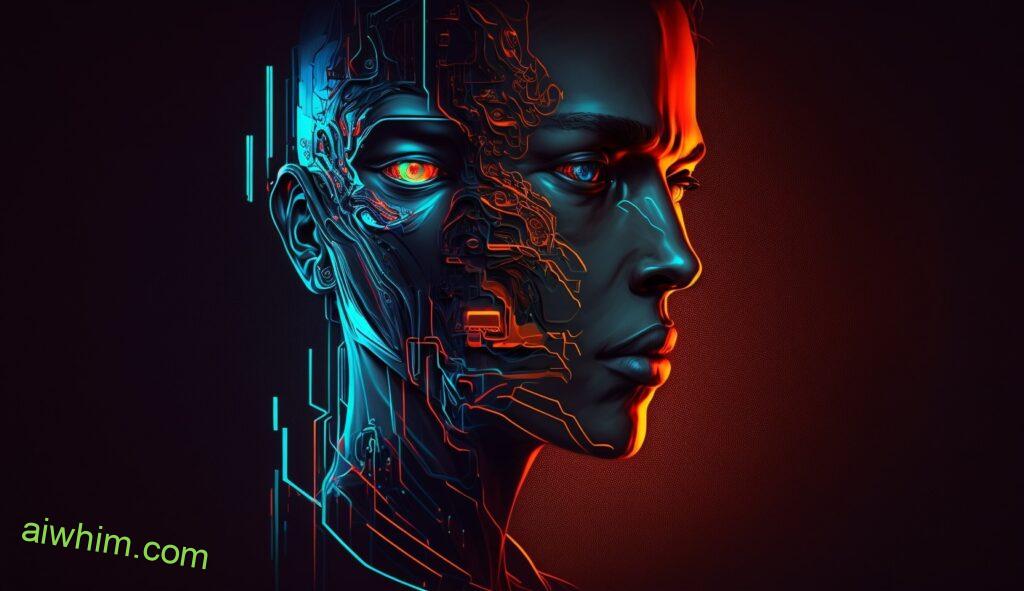
To Conclude
In conclusion, AI in education has the potential to revolutionize higher learning and provide more students with access to quality instruction. However, it is paramount that we consider the implications of replacing college professors with AI-powered teaching solutions before making any rash decisions. As the adage says: “Look before you leap”. We must think about how such a decision will impact regulations, policies, economic factors, and most importantly the students.
If done thoughtfully and mindfully, AI can be used as an effective tool for modernizing higher learning without completely replacing the invaluable role of college professors. Ultimately, only time will tell what lasting effect this technology will have on universities across the globe.
Author: Ole Paulson
Author Bio: I’m Ole and on this website, I share everything there is to know about Artificial Intelligence, and useful tips for using AI to our advantage. I have a background in data science and research and have been following the AI-space for years. You can read more about me in the “About” page.


